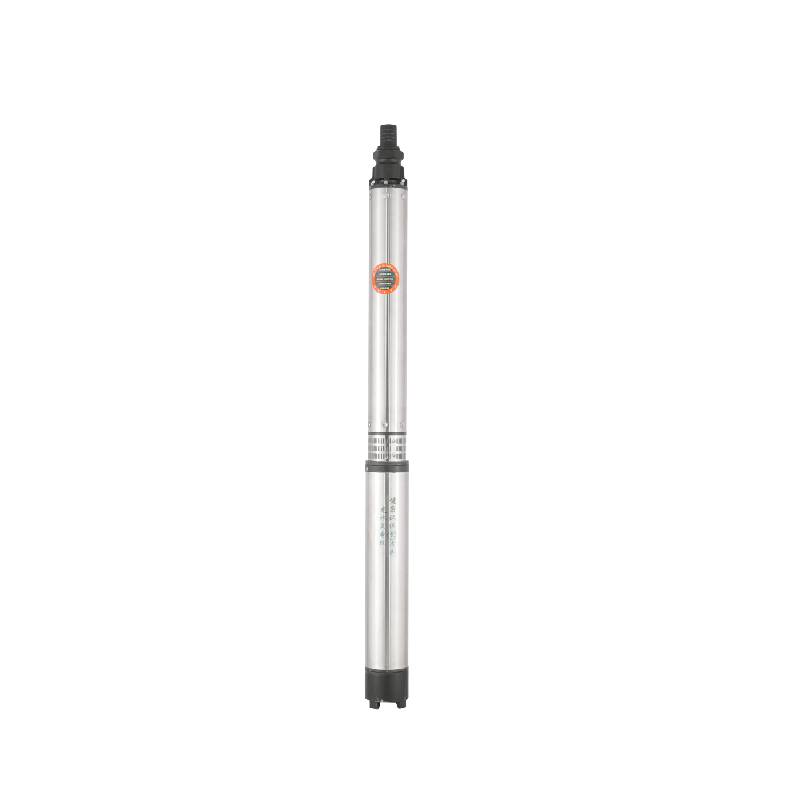Aug . 13, 2024 07:14 Back to list
Exploring the Current Market Trends for Submersible Motor Wire Pricing and Cost Factors
The Cost of Submersible Motor Wire An Insight into Pricing Factors
Submersible motors are essential components in various applications, particularly in water supply and irrigation systems, wastewater management, and mining operations. One crucial aspect that significantly affects the overall performance and reliability of these motors is the quality of submersible motor wire. This article aims to delve into the factors influencing the price of submersible motor wire and provide an understanding of what to consider when making a purchase.
Understanding Submersible Motor Wire
Submersible motor wire is specifically designed to withstand harsh environments. These wires must be highly durable and resistant to water ingress, chemical contaminants, and mechanical wear. Generally, they are insulated with materials like thermoplastic elastomers or rubber compounds that provide excellent flexibility, heat resistance, and abrasion protection. Given their critical role, choosing the right wire is essential for the longevity and efficiency of submersible motors.
Factors Influencing Price
1. Material Quality The type of materials used in the manufacture of submersible motor wire significantly impacts its cost. High-quality copper or aluminum conductors, coupled with robust insulation materials, command a higher price. Copper wires are favored for their superior conductivity and durability, but they are more expensive than aluminum options. Thus, one of the first considerations when evaluating the price is the wire material.
2. Wire Gauge The diameter of the wire, measured in gauges, affects not only its capacity to handle electrical loads but also its price. Thicker wires (lower gauge numbers) are more expensive due to the greater amount of metal used in their production. However, they also offer lower resistance and increased efficiency in high-demand applications.
submersible motor wire price

3. Length of the Wire Submersible motor wires come in various lengths, and pricing can vary accordingly. Longer cables require more materials and manufacturing processes, leading to increased costs. Additionally, purchasing in bulk or standard lengths may provide cost savings compared to custom lengths.
4. Manufacturing Technology The production process and technology used in manufacturing can also influence the price. Wires that are manufactured using advanced technologies may offer enhanced features like better insulation and durability, which can justify a higher price point.
5. Market Demand Pricing is also influenced by market demand. In times of increased demand for submersible motors—such as during drought periods or in expansive agricultural projects—the prices of related components, including wires, may rise.
6. Brand Reputation Well-known manufacturers with established reputations for quality and reliability may charge a premium for their products. While the initial investment might be higher, the long-term benefits of superior performance and reduced failure rates can outweigh the costs.
Conclusion
In conclusion, the price of submersible motor wire is dictated by various factors, including material quality, wire gauge, length, manufacturing technology, market demand, and brand reputation. When selecting the right wire for submersible motors, it is essential to balance cost with quality to ensure reliable performance. Investing in high-quality submersible motor wire can lead to enhanced efficiency, reduced maintenance costs, and increased motor lifespan. Therefore, purchasing decisions should be made carefully, considering both immediate costs and long-term benefits in operational efficiency and reliability. As industries continue to evolve, understanding these pricing dynamics will be crucial for making informed purchasing decisions.
-
Submersible Water Pump: The Efficient 'Power Pioneer' of the Underwater World
NewsJul.01,2025
-
Submersible Pond Pump: The Hidden Guardian of Water Landscape Ecology
NewsJul.01,2025
-
Stainless Well Pump: A Reliable and Durable Pumping Main Force
NewsJul.01,2025
-
Stainless Steel Submersible Pump: An Efficient and Versatile Tool for Underwater Operations
NewsJul.01,2025
-
Deep Well Submersible Pump: An Efficient 'Sucker' of Groundwater Sources
NewsJul.01,2025
-
Deep Water Well Pump: An Efficient 'Sucker' of Groundwater Sources
NewsJul.01,2025
-
 Submersible Water Pump: The Efficient 'Power Pioneer' of the Underwater WorldIn the field of hydraulic equipment, the Submersible Water Pump has become the core equipment for underwater operations and water resource transportation due to its unique design and excellent performance.Detail
Submersible Water Pump: The Efficient 'Power Pioneer' of the Underwater WorldIn the field of hydraulic equipment, the Submersible Water Pump has become the core equipment for underwater operations and water resource transportation due to its unique design and excellent performance.Detail -
 Submersible Pond Pump: The Hidden Guardian of Water Landscape EcologyIn courtyard landscapes, ecological ponds, and even small-scale water conservancy projects, there is a silent yet indispensable equipment - the Submersible Pond Pump.Detail
Submersible Pond Pump: The Hidden Guardian of Water Landscape EcologyIn courtyard landscapes, ecological ponds, and even small-scale water conservancy projects, there is a silent yet indispensable equipment - the Submersible Pond Pump.Detail -
 Stainless Well Pump: A Reliable and Durable Pumping Main ForceIn the field of water resource transportation, Stainless Well Pump has become the core equipment for various pumping scenarios with its excellent performance and reliable quality.Detail
Stainless Well Pump: A Reliable and Durable Pumping Main ForceIn the field of water resource transportation, Stainless Well Pump has become the core equipment for various pumping scenarios with its excellent performance and reliable quality.Detail
